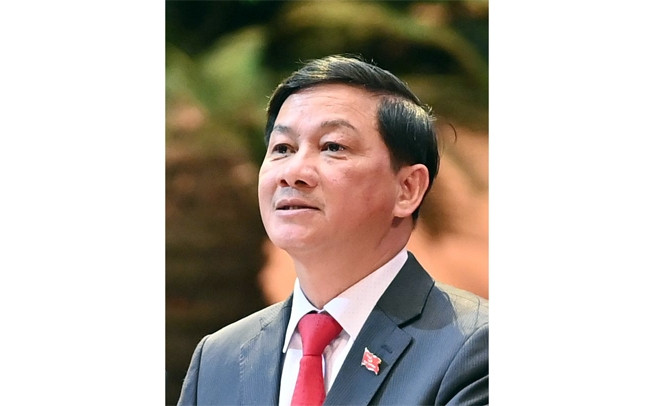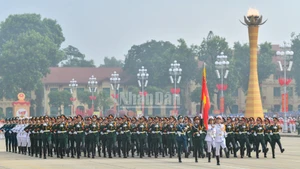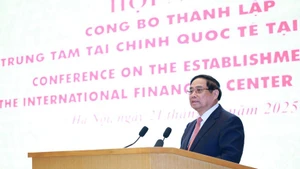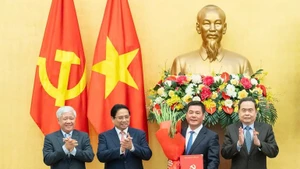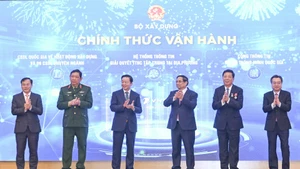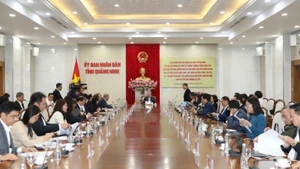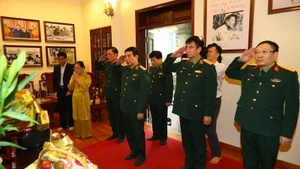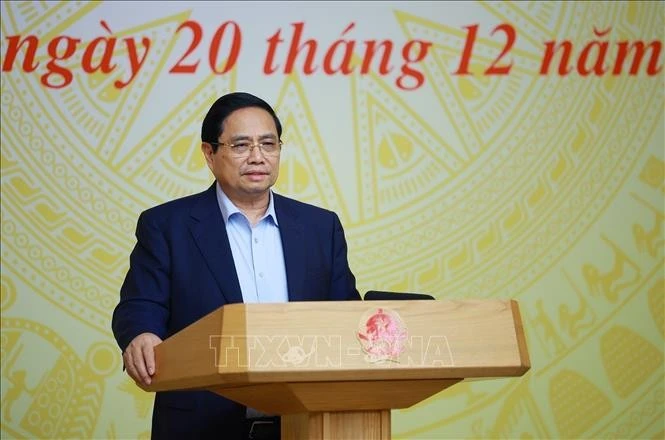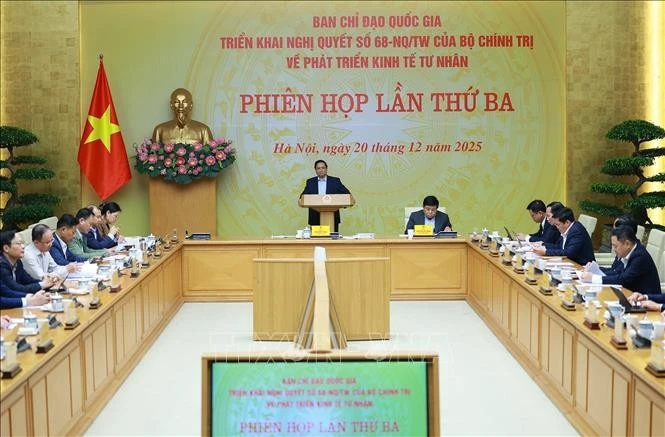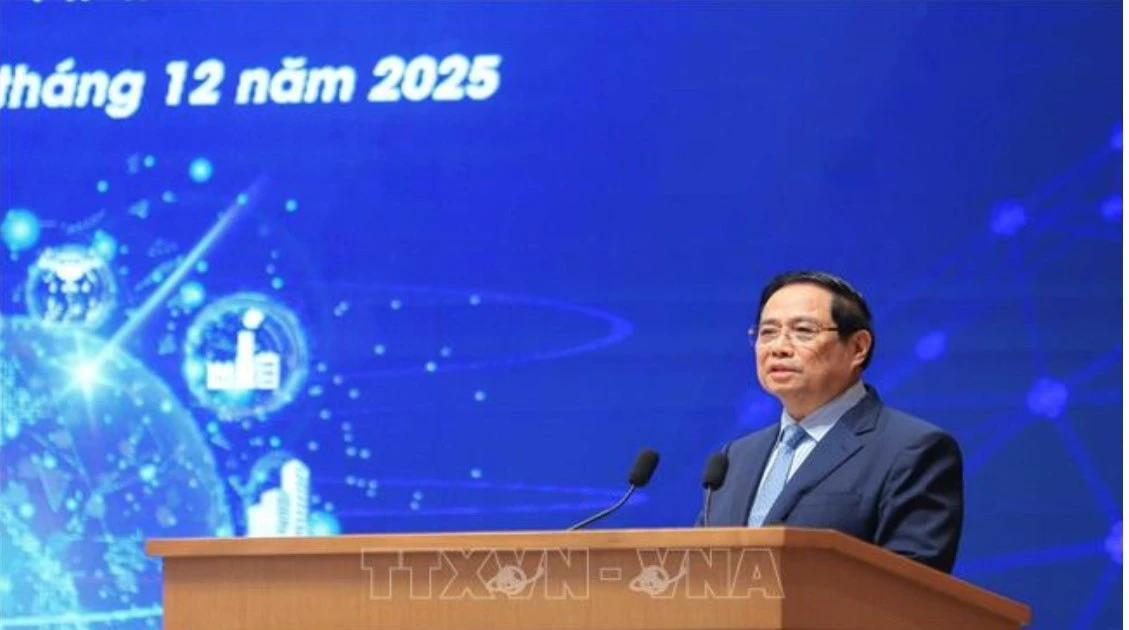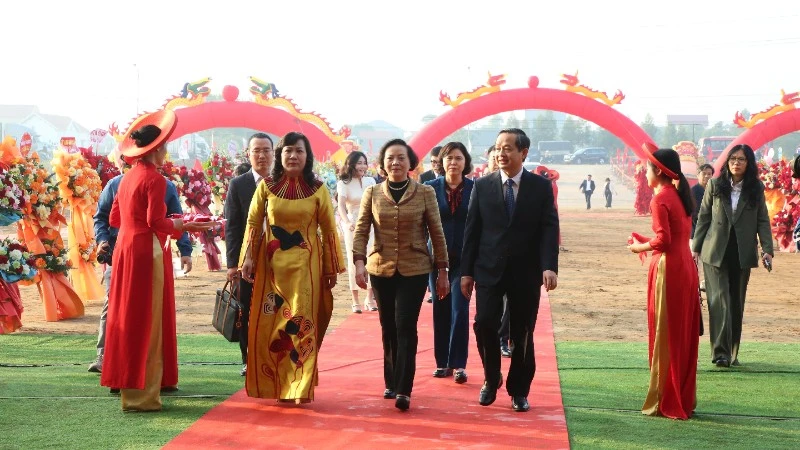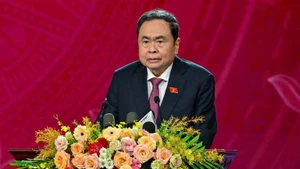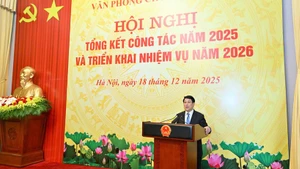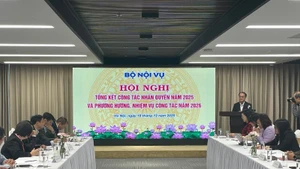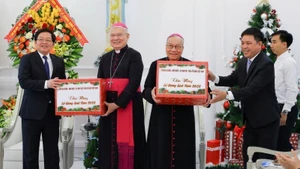Agriculture is a sector with many advantages which plays an important role in the socio-economic development of Lam Dong province. Connecting agriculture with the processing and exporting industries is an important strategic solution for the sustainable agricultural development of the province and for deeper integration into the global value chain.
Over recent years, Lam Dong’s agricultural sector has made great progress in terms of scale, productivity, value, income and human resources. The average agricultural production value is currently VND185 million per ha per year, an increase of 27.5% compared to 2016.
Labour productivity in Lam Dong’s agriculture sector is 1.26 times higher than the national average and product value per hectare is 1.84 times higher than the national average. Lam Dong is also one of the leading localities in the country in hi-tech and smart agriculture and possesses a skilled agricultural workforce. The application of science and technology in agriculture is determined a prerequisite for the sustainable development of the sector in addition to the building of linkages between production and consumption and brand building.
The province has also paid attention to and created favourable conditions for research activities and science and technology transfer in the field. There have appeared “new generation farmers” who dare to think, to apply science and technology, to invest capital into agriculture, and to join domestic and foreign production value chains.
Lam Dong province has also promoted the core role of enterprises in promoting chains of agricultural production, processing and consumption, the development of the collective economy and agricultural cooperatives in order to develop stable and high-quality raw material areas serving the processing and export industries.
The whole province currently has 165 production chains with the participation of 197 enterprises, cooperatives, establishments and nearly 17,000 farmer households. The production value throughout the chains accounts for about 20% of the total value of the province’s agricultural production.
The province has built and effectively implemented the agricultural development project towards a multi-sectoral approach while successfully building geographical indicators and Lam Dong agricultural product brands such as the label “Da Lat - Crystalline magic from good land”.
Lam Dong agricultural products have been exported to more than 40 countries around the world, with established markets in Northeast Asia, the European Union, and North America. In particular, the agricultural products of Lam Dong province are currently present in such demanding markets as Japan, European countries, and the US.
The province is also providing raw agricultural materials for many multinational corporations and large distributors. Agricultural export value currently accounts for about 53% of the total export value of Lam Dong province with an average growth rate of 13% per year in the 2016-2020 period.
The rate of processed agricultural products has reached 75% and the agricultural processing sector accounts for about 47% of the production value of processing and manufacturing and accounts for 35% of the production value of the whole industry.
Domestic enterprises are dominating the production, processing and export of agricultural products, contributing about 60% to the total export value of agricultural products of the province.
Lam Dong has so far built an agriculture sector with quite high level of production, productivity and quality, which will be an important prerequisite to elevating the agricultural sector of the province and meeting the requirements of integration and participation in the global value chain.
Lam Dong’s Provincial Party Committee has identified agricultural development as one of the four breakthroughs in the province with a focus on solving problems in production relations, facilitating production, and creating extensive cooperation and linkage in agricultural production.
The province will also concentrate on reorganising cooperation models to strengthen the link between production, processing and consumption. The Provincial Party Committee has put forth development orientations for the future as follows:
Firstly, the province will continue to restructure the agricultural sector using a modern, sustainable and multi-sectoral approach with high added value and competitiveness on the basis of promoting resources regarding climate, soil, people, and experience over the past years.
Secondly, the province will expand high-tech agricultural models regarding all types of crops and animals while reviewing the models of intercropping and replanting to promote the effectiveness of these models.
Thirdly, the province will build projects and issue a resolution on collective economic development with cooperatives playing the key role as well as containing call for enterprises to participate in said cooperatives. Enterprises are also encouraged to invest in and develop post-harvest technologies and agricultural processing technologies.
Fourthly, high-tech agricultural development will be associated with the project on building new-style rural areas.
Fifthly, the province will promote the development of logistics services to support businesses, especially new firms participating in export activities. The province will also expand its agricultural export markets and build agricultural export strategies to provide appropriate orientations for businesses, cooperatives and farmers to help them actively meet all standards and regulations for export.
